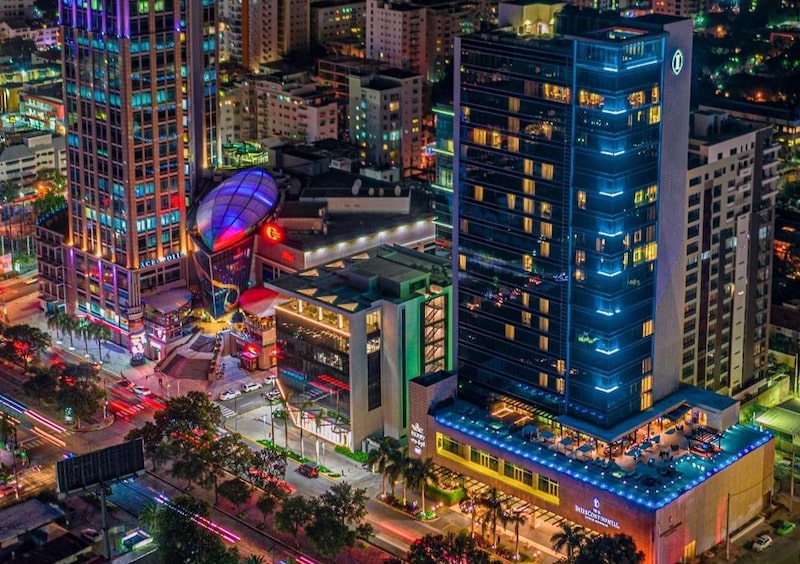Bloomberg Línea — Santo Domingo, capital of the Dominican Republic, is the city where it is most difficult to rent a property because of the large increase in prices compared to what an average salary can cover, with citizens requiring 88% more of their salaries to rent a property, research reveals.
A new report by British company Online Mortgage Advisor shows where in Latin America buying or renting a property is more difficult, taking into account that salaries are more precarious for covering all needs in the midst of high food inflation in the region.
The Dominican capital has seen the sharpest change regarding the economic capacity to rent in the region.
In 2018, a person earning an average salary in Santo Domingo had to spend 110% ($392.99) of their monthly income on rent for an apartment in the city center. This figure has increased in the last four years to 198% ($915.04).
In second place is Guatemala City, where the monthly salary spent on rent has increased by 143.92%, followed by Cancún in Mexico, where it has increased by 102.62% in the last four years.
Rounding out the top 10 in the ranking are the Brazilian cities of São Paulo, Goiânia and Brasília, with Argentina’s capital Buenos Aires, Belo Horizonte in Brazil, Medellín in Colombia and Monterrey in Mexico completing the list.
For each city, the consultancy compared the average price of a square meter for a city center apartment with the average annual salary in 2018 and 2022. It considered 219 global cities with available historical data.
In addition, over the same time period, what percentage of the average annual salary a person allocates to rent was analyzed to determine the level of rental affordability.
Cities where housing prices outpace wages
The study also identified where housing prices became less affordable by comparing the cost of a square meter that an employee can purchase based on the average annual salary in each city.
One of these is Brasilia, which saw the worst change in property affordability in Latin America. In 2012, employees earning a salary for the standard of living in this city could afford to purchase 4.22 square meters of space. This figure has been drastically reduced to just 2.9 square meters, creating a difference of 1.3 square meters.
Chile’s capital Santiago ranks second (-0.9 square meters difference), while the Brazilian city of Belo Horizonte and Buenos Aires rank as joint third in the ranking of the least affordable cities for buying a home in (-0.8).
Medellín, São Paulo and Lima are other cities that rank with an increase in the difference in the cost of a square meter that can now be purchased with average salaries.
Panama City, Rio de Janeiro, Mexico City, Bogotá, Quito and Caracas complete the comparison.




